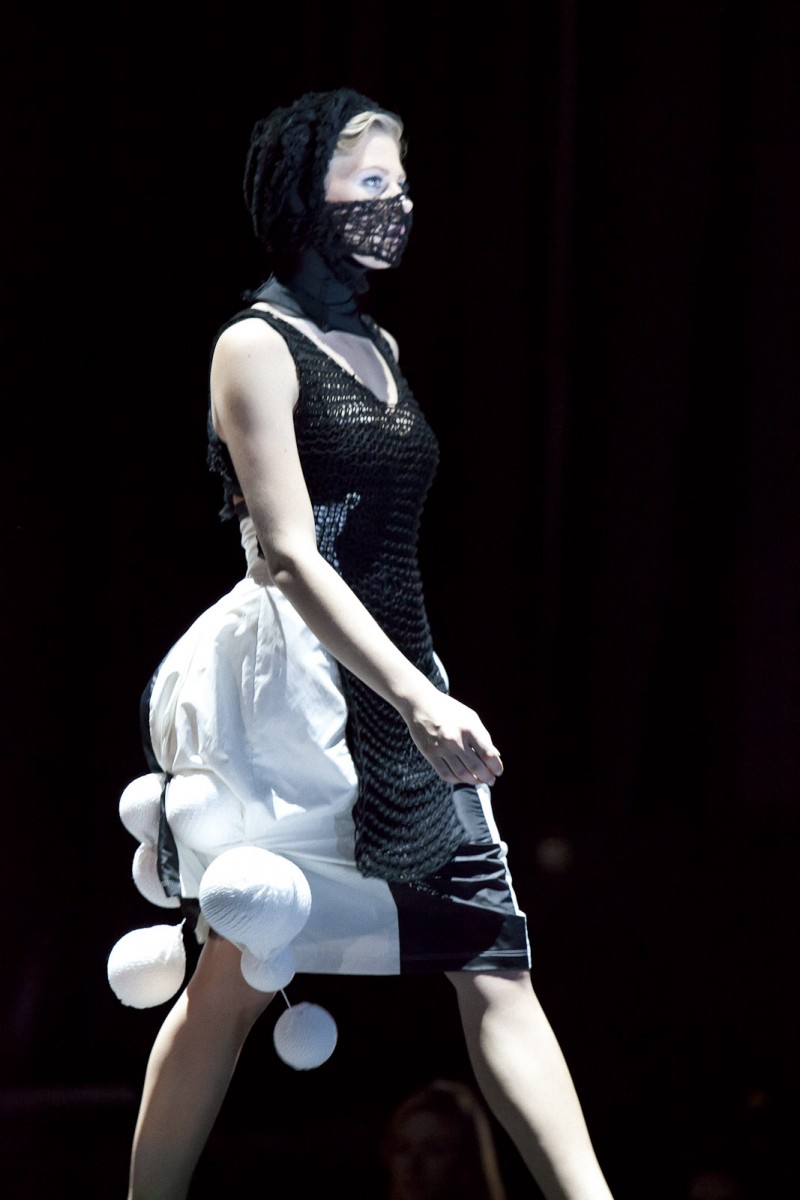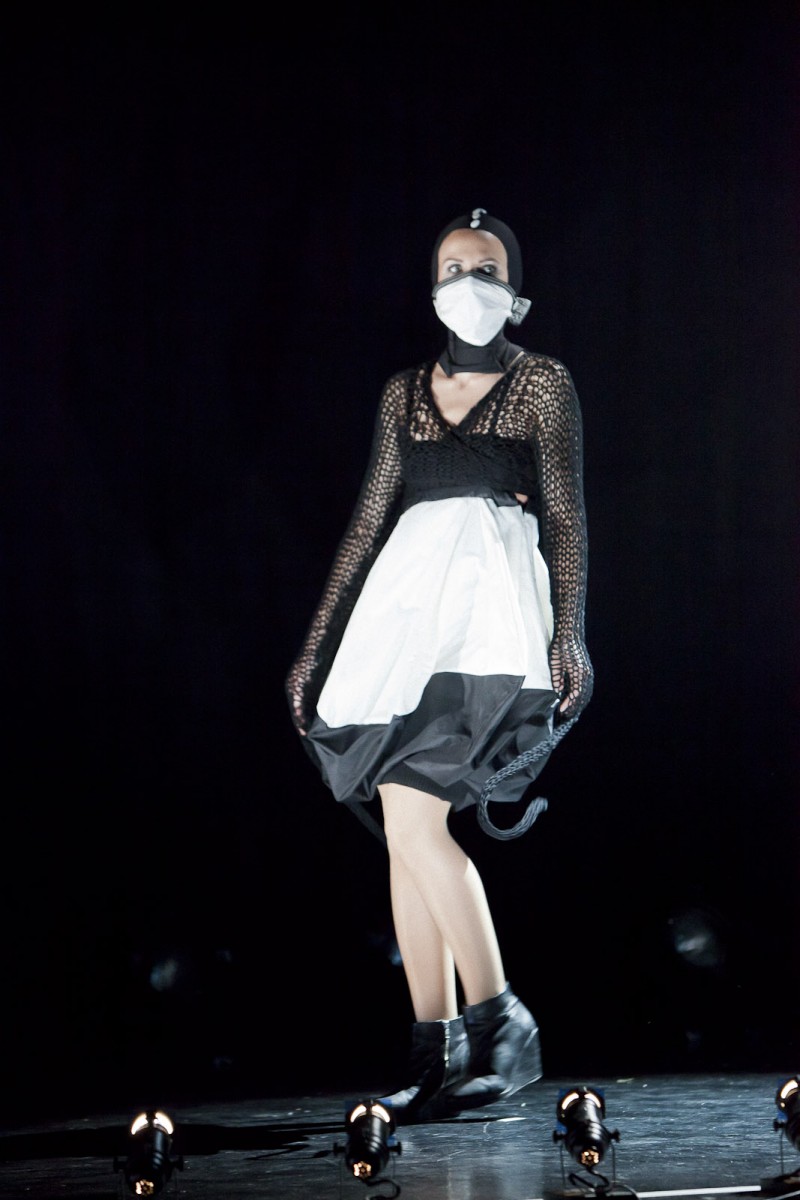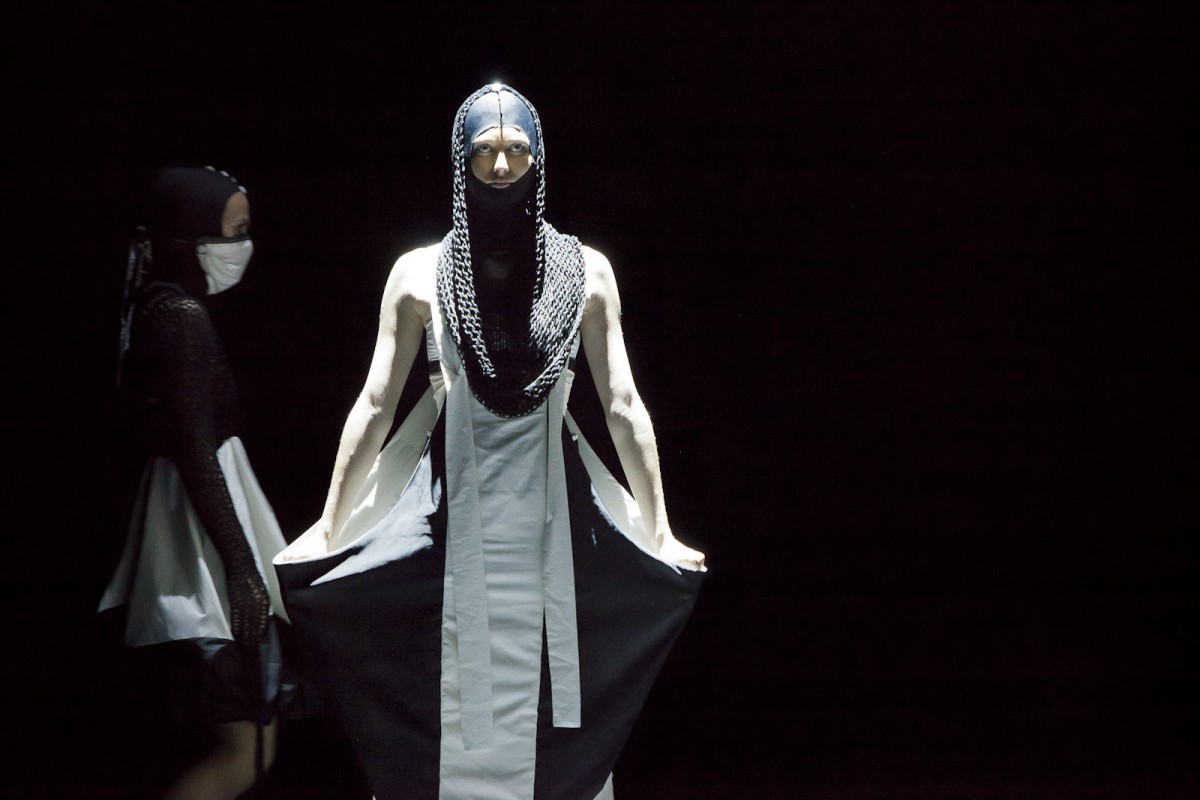Futur Perfect
At the bottom of the long incline, Xeethra passed through a low cavern-mouth and emerged into sun-bright radiance. Dazzled and bewildered, he thought for a moment that his subterranean wanderings had brought him back to the outer air in some unsuspected land lying among the Mykrasian hills. Yet surely the region before him was no part of summer-stricken Cincor: for he saw neither hills nor mountains nor the black sapphire heaven from which the aging but despotic sun glared down with implacable drouth on the kingdoms of Zothique.
Clark Ashton Smith, XEETHRA
Cthulhu still lives, too, I suppose, again in that chasm of stone which has shielded him since the sun was young. His accursed city is sunken once more, for the Vigilant sailed over the spot after the April storm; but his ministers on earth still bellow and prance and slay around idol-capped monoliths in lonely places. He must have been trapped by the sinking whilst within his black abyss, or else the world would by now be screaming with fright and frenzy.
– The Call of Cthulhu/Chapter III, H. P. Lovecraft
Das Perfekt als Verbalaspekt entspricht dem in Sprachen, die für die Aspekte keine eigenen Morpheme haben, vorhandenen perfektischen Aspekt; das temporale Perfekt ist ein Tempus der Gegenwart oder der Vergangenheit.
Die Form des „Futur Perfect“ wird als Möglichkeitsform gebraucht oder beschreibt eine, in der Zukunft, bereits vollendete Handlung. Gebildet wird das Futur II durch die finite Form des Verbs „werden“, das Partizip II und die Hilfsverben „sein“ oder „haben“. Im Sprachgebrauch findet diese Form jedoch kaum Anwendung. Ausgehend von der Gesetzmäßigkeit in Grammatik und Sprachaufbaus entstanden konstruktive Formen in Kombination mit weich fließenden Elementen, die die Rhythmik der Schritte auffangen und somit vom Konstruierten zum Angewandten übergehen.
Ausgehend von der Definition im sprachlichen Sinn als Tempusform mit festgelegter Bildungsregel entstanden drei Arbeiten.
Konstruierte Gesetzmäßigkeit in Grammatik und der intuitive Ausdruck im Sprachgebrauch werden hinsichtlich Material, Farbwahl und Verarbeitungstechnik gegenübergestellt.
Johanna Hölldobler





